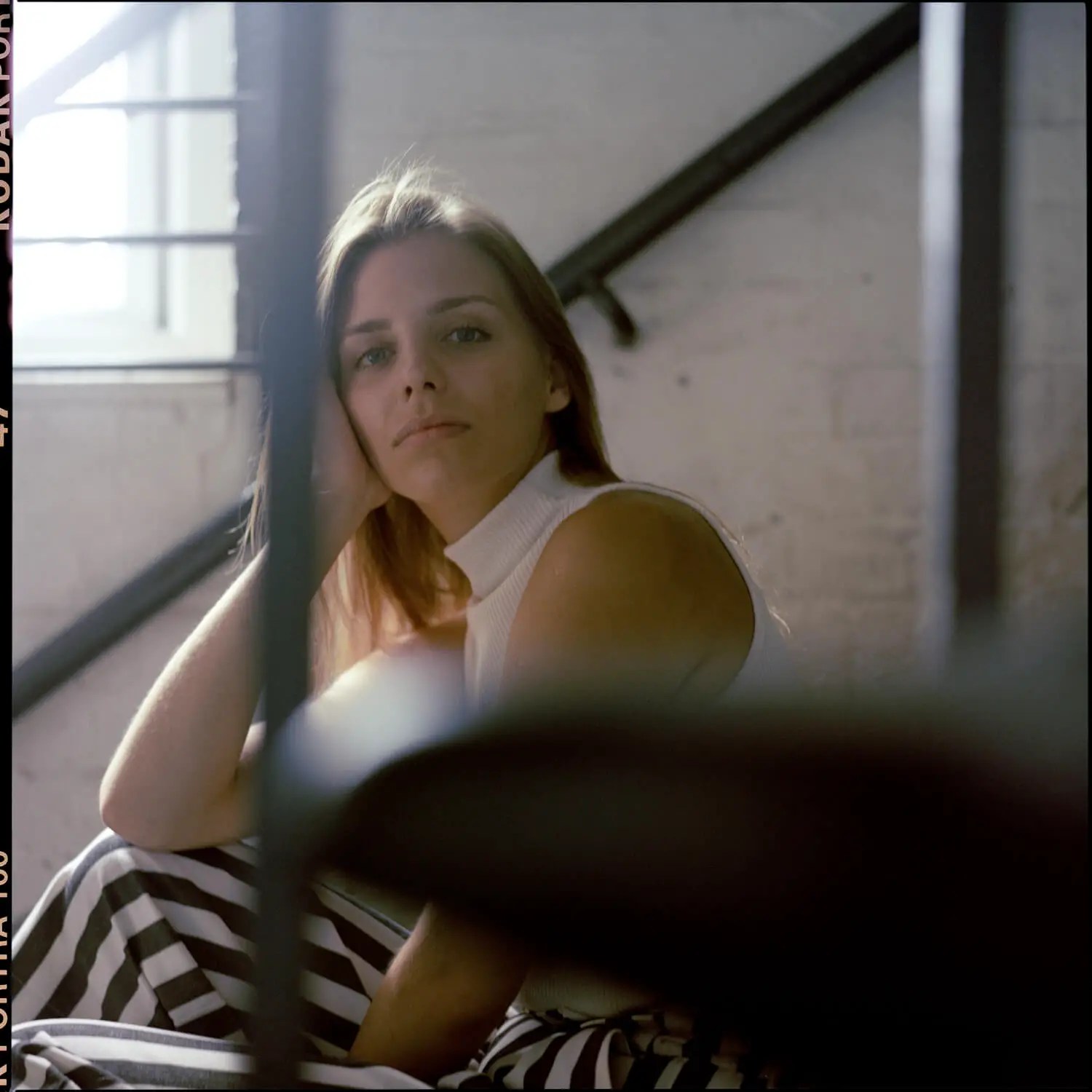Okay, so when things go wrong the best thing to do is chalk it up to experience and make sure you don’t do it again. In the real world this is sometimes easier said than done, fortunately, when developing film at home it’s a bit more straightforward, as long as you know what you did wrong in the first place!
I’ve had my fair share of mishaps and errors, it’s part and parcel of learning how to develop film at home. The first time I reeled a 120 film, I did not securely fold back the sticky tape which then attached itself in the reel to the film adjacent to it and ruined two frames, duh! Some weeks later, after organising a portrait shoot, I eagerly developed the resulting colour films only to unspool two completely orange rolls, nothing not even the side markings were visible. I had contaminated the developer by pouring bleach into it! This mistake was compounded by me having to call my subject and re-organise the shot.


Learning exactly how long chemicals can be stored and used safely can be quite a harsh lesson. I’ve had black & white developer work one week and then the following week drop of a cliff, leaving only the faintest of an image on the celluloid. I’ve pushed the patience of C41 developer keeping it for weeks past its supposed best only to find ghostly, grainy images with off-the-spectrum colour shifts. Cue the purchase of a notebook to write down the mixing dates of chemistry and to record the number of films developed using one working solution. While I was at it I bought some concertina bottles to expel air from the chemicals and even a can of ‘magic’ spray that stops air contact, apparently you spray it into the bottle and because the contents of the aerosol are heavier than air it sinks to the surface of the developer forming an invisible seal. The Emperor’s New Clothes comes to mind but I use it diligently anyway!
My latest ‘glitch’ was overheating C41 developer and don’t ask me why, actually using it. We’re not talking 1 or 2 degrees, no I overcooked my film in 42ºc developer. I put it down to me misreading the temperature on a new top dial thermometer. I had dropped my old glass rod thermometer breaking it on the kitchen floor and decided that a new one with a fancy big dial on top would be better. When developing film at home any change in routine is dangerous.


The resulting photos were well not exactly Portra 160 colours but somehow they worked all the same. So with each mistake, I have realised that developing film was no slap-dash affair, attention to detail and methodical working are the only way and when something does go wrong, and it will, try and understand what happened because for me at least I have not made the same mistake twice. Yet.
~ Tom
Photos shot with a 1969 Mamiya C33 on Kodak Portra 160 film & developed in scorching hot Fuji Hunt x-press C41 developer.
Model: Agata Daniluk
Share your knowledge, story or project
The transfer of knowledge across the film photography community is the heart of EMULSIVE. You can add your support by contributing your thoughts, work, experiences and ideas to inspire the hundreds of thousands of people who read these pages each month. Check out the submission guide here.
If you like what you’re reading you can also help this passion project by heading over to the EMULSIVE Patreon page and contributing as little as a dollar a month. There’s also print and apparel over at Society 6, currently showcasing over two dozen t-shirt designs and over a dozen unique photographs available for purchase.








2 responses to “Confessions of a film developer”
Hi Tom,
Here’s three+ more:
1. I had a student develop her backing paper from a medium format roll of film. I could never duplicate the conditions to figure out how she did this.
2. A student “developed” his film in fixer.
3. A student loaded their film onto a stainless steel developing reel. When I asked them if they had any problems, they opened the tank in daylight to show me they loaded it correctly.
4. A student lit a cigarette in the film loading room while he waited for his girlfriend to load her film.
5. A variation on #4. Checking your cell phone. Those suckers are bright in total darkness.
These incidents were over a 35 year period teaching photography to both university and high school students.
I’m now retired. but this is how I tamed the film developing monster for students:
Create a system that is consistent and repeatable.
1. One developer. Sprint B&W film developer. Mixed 1 + 9.
2. Designed a poster that measured 24 x 36 inches with all the developing steps in 36 pt. Helvetica. No deviation from the instructions.
3. Adopted the rules of the aviation industry. Don’t wait till something goes bad. Replace at specific times. If developer was good for 3 months in a partially filled container, I tossed it out after 2 months.
In my home darkroom, I use Ilford’s ID-11 developer. I’m a low volume, but steady film user. I mix the ID-11 from 1 liter pkgs. I then store the developer in 250ml dark brown glass bottles. 1 bottle will develop 2 rolls of HP-5 [1+1]. I know the developer will be good for 3 months, and I know I’ll be able to develop 8 rolls from 1 liter of stock solution. It’s predictable and repeatable. No bad developer.
Try a fish tank heater to control the temperatures needed for C-41.
Dan
Interesting read, Tom. Thanks for sharing and taking away some of the fears.